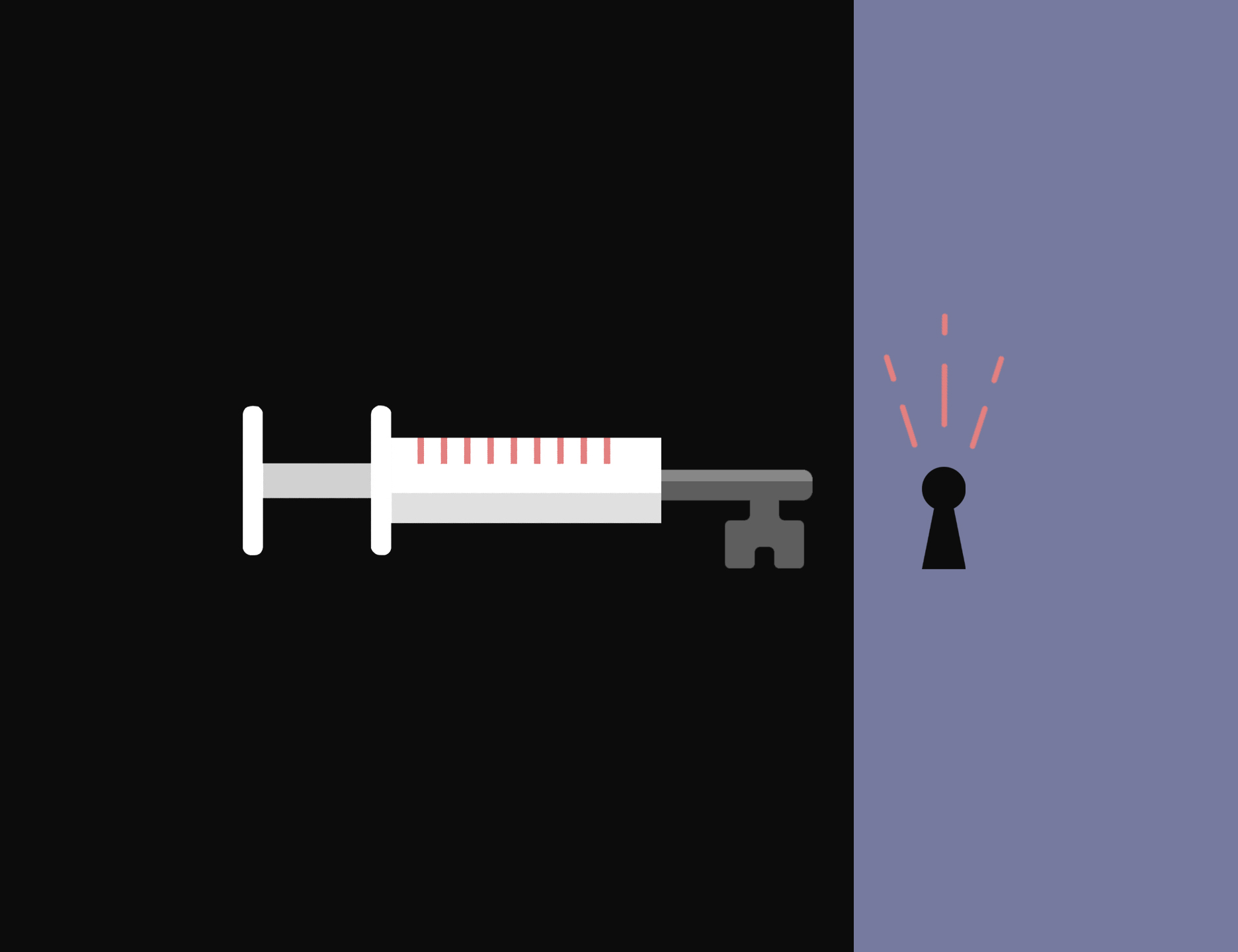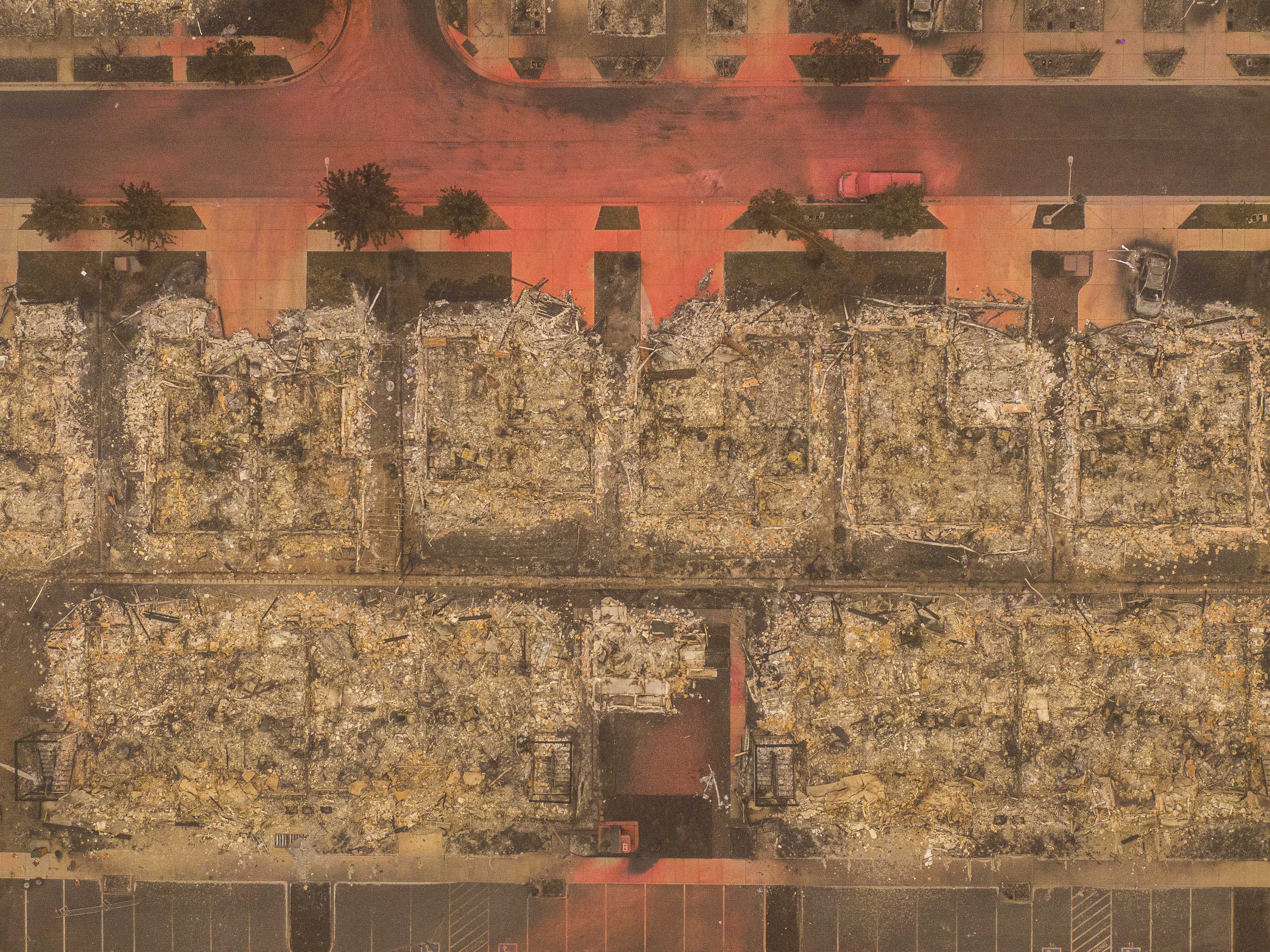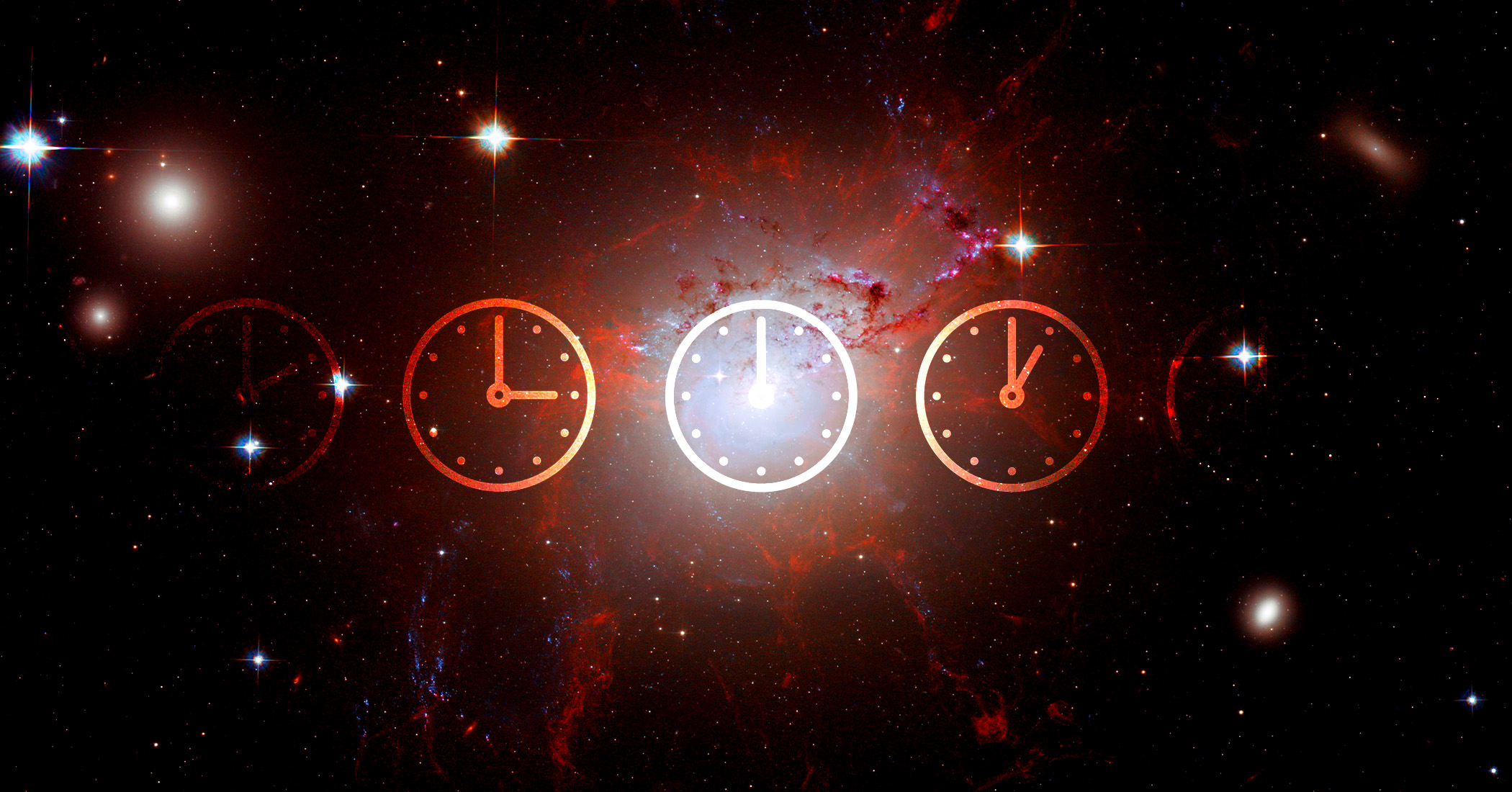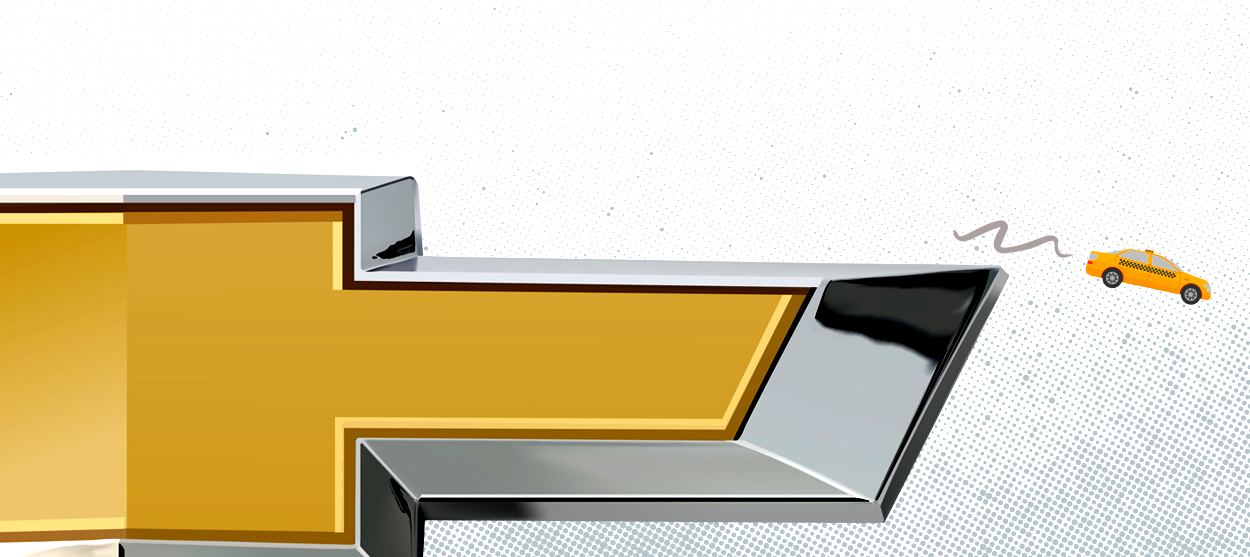Coronavirus vaccine guide: Everything you need to know so far
Effectiveness, doses, variants, and methods — explained


Pfizer and Moderna might be the biggest names in the vaccine game so far, but with more than 50 vaccine candidates in trials around the world, several other shots are on the verge of being approved in the United States. From mRNA to adenoviruses, to how efficient each vaccine appears to be against the extra contagious South African mutant strain, here's what you need to know about the five biggest players.
1. The Pfizer vaccine
Development: Authorized for emergency use and available to the public as of Dec. 11, 2020
The Week
Escape your echo chamber. Get the facts behind the news, plus analysis from multiple perspectives.

Sign up for The Week's Free Newsletters
From our morning news briefing to a weekly Good News Newsletter, get the best of The Week delivered directly to your inbox.
From our morning news briefing to a weekly Good News Newsletter, get the best of The Week delivered directly to your inbox.
Effectiveness: 95 percent
Estimated effectiveness against the South African strain: "Slightly less effective"; Pfizer-BioNTech is reportedly prepared to make a new vaccine to protect against the emerging variants if need be
Shots required: Two shots, 21 days apart
How it works: The Pfizer-BioNTech vaccine uses "mRNA," a molecule that teaches our cells how to make certain proteins. The COVID-19 mRNA vaccine specifically delivers instructions to cells for how to make a harmless "spike protein" that is distinctive to the coronavirus. The vaccine prompts some of our cells to form the spike proteins, which are then identified and targeted by our immune system, which in turn starts to manufacture the antibodies needed to target and fight off anything with the same spike protein in the future — like the actual coronavirus. Read a more detailed explanation at The New York Times.
A free daily email with the biggest news stories of the day – and the best features from TheWeek.com
Why it's exciting: Pfizer and the German company BioNTech not only created the first vaccine to be authorized for emergency use in the United States, but one with a whopping 95 percent efficiency rate (for perspective, the FDA said a vaccine needed to be just 50 percent effective to get authorized). However, its use of the hyper-fragile mRNA requires that it be stored at minus 70 degrees Celsius, which is "colder than winter in Antarctica," and makes it difficult to transport and store, especially in rural regions.
2. The Moderna vaccine
Development: Authorized for emergency use and available to the public as of Dec. 18, 2020
Effectiveness: 92 percent
Estimated effectiveness against the South African strain: "Slightly less effective"
Shots required: Two shots 28 days apart, although Moderna is now exploring if a third shot will help against variants like the South African strain
How it works: The Moderna is almost identical to the Pfizer vaccine, using mRNA to teach the body to recognize the signature spikes of an invading SARS-CoV-2 virus. The difference between the two vaccines comes down to the nuances of their makeup. "Even though they're both messenger RNA vaccines, they're really different messenger RNA molecules, they have different so-called lipid delivery systems, meaning the sort of fatty droplet in which the messenger RNA is located," Dr. Paul Offit, a member of the FDA's vaccine advisory committee, told CNN.
Why it's exciting: Because of the difference between the lipid delivery systems, Moderna's vaccine is slightly more stable and flexible than Pfizer's, requiring storage of minus-20 degrees Celsius, or about the temperature of your refrigerator. That makes the vaccine easier to distribute, particularly to places that don't have the special freezers required to store the Pfizer vaccine.
3. The Johnson & Johnson vaccine
Development: Expected to be available to the public by late February or early March
Effectiveness: 66 percent
Estimated effectiveness against the South African strain: 57 percent
Shots required: One
How it works: Like the Pfizer and Moderna vaccines, the Johnson & Johnson vaccine uses the coronavirus' spike proteins to teach the body how to recognize and fight against it. But instead of using mRNA to introduce the protein, Johnson & Johnson's vaccine uses DNA stored in a modified adenovirus — a technique that's been used for decades, including in recent vaccines to combat Ebola, HIV, and Zika. Read a more detailed explanation at The New York Times.
Why it's exciting: Don't let what looks like a drop in effectiveness scare you off: according to The Washington Post, the Johnson & Johnson vaccine was 85 percent effective overall "at preventing severe disease" and 100 percent effective in clinical trials at preventing COVID-related hospitalizations and death. That's huge. Additionally, reducing the required dosage to a single shot would make it far easier and quicker to vaccinate the population, speeding up our chances of achieving herd immunity.
4. The Novavax vaccine
Development: In late-stage trials in the U.S.; could be approved as early as April
Effectiveness: 89.3 percent
Estimated effectiveness against the South African strain: 49 percent
Shots required: Two doses, 21 days apart
How it works: The Novavax vaccine also relies on teaching the immune system to zero in on the coronavirus' spike proteins. Unlike the Johnson & Johnson vaccine, though, the Novavax vaccine uses harmless spike proteins that have been harvested from moth cells and compiled into nanoparticles (a process similar to how the hepatitis B vaccine works). The nanoparticles replicate the structure of the coronavirus, but can't actually infect you; they're then injected into the muscle, along with an "immunity-priming" compound, which energizes the body's immune response and produces the desired antibodies. Read a more detailed explanation at The New York Times.
Why it's exciting: Novavax is nearly as effective as the Moderna and Pfizer vaccines, and the Maryland-based company previously said they'd be ready to deliver 100 million doses by early 2021 once they're given the greenlight. Though Novavax wasn't as effective against the South African strain, the company is already exploring a modified version that would better protect against the mutants. "We now have a vaccine, the first vaccine that's shown efficacy not only in the prototype COVID-19 original strain, but in two variant strains, one in the U.K. one in South Africa," Novavax Chief Executive Stanley Erck told The Wall Street Journal. "It's the only data that shows we can get efficacy against all three."
5. The AstraZeneca vaccine
Development: Britain authorized the vaccine for emergency use in December; the U.S. won't likely authorize it for emergency use before April
Effectiveness: An average efficacy of 70 percent, though trials showed it as high as 90 or as low as 62
Estimated effectiveness against the South African strain: Oxford-AstraZeneca has not yet confirmed the effectiveness of their vaccine against either the South African or the U.K. strains, though better data is expected soon. However John Bell, the Oxford University scientist who worked on the Oxford AstraZeneca vaccine, has expressed "a lot" of worry about the mutation.
Shots required: Two, typically 28 days apart
How it works: The AstraZeneca vaccine uses roughly the same strategy as the Johnson & Johnson vaccine, employing a modified adenovirus to introduce the gene for the coronavirus spike protein to the body, and elicit an immune response.
Why it's exciting: The AstraZeneca vaccine is incredibly inexpensive and easy to mass produce: it only costs a few dollars per dose, and the company believes it could produce three billion doses in 2021, or enough to vaccinate one-fifth of the world's population. It can be stored in normal refrigerator temperatures, making it easy to distribute. The U.S. has already ordered 300 million doses of the vaccine, although it will not be available to the public before being approved by the FDA, likely in the late spring.
Others to know:
Sinopharm: China's state-owned pharmaceutical company developed a vaccine using "killed," or "disabled" coronaviruses that can no longer replicate, but which still have the distinctive protein spikes that can be identified by the immune system (a common, century-old method that shares similarities with the polio vaccine). Countries that are using the vaccine, which include the United Arab Emirates, Bahrain, and Egypt, report it is about 86 percent effective.
Bharat Biotech: India's Bharat Biotech has also developed a vaccine using an inactivated virus. India authorized the vaccine for emergency use in the country, despite lacking full data on its effectiveness or safety. The company claims the vaccine is at least 60 percent effective.
Gamaleya's Sputnik V: Russia's vaccine uses adenoviruses to introduce the COVID-19 spike protein to the body, and is given in two doses three weeks apart. Gamaleya has said its vaccine has an efficiency of 91.4 percent.
Merck: One of America's biggest pharmaceutical companies, Merck was in pursuit of a vaccine but found inadequate immune responses after their initial trials. Though disappointing, the findings are a testament to the precise and specific science of vaccine development. Merck instead has pivoted to focusing on developing therapeutics to improve the chances of recovery for people who have the disease.
Jeva Lange was the executive editor at TheWeek.com. She formerly served as The Week's deputy editor and culture critic. She is also a contributor to Screen Slate, and her writing has appeared in The New York Daily News, The Awl, Vice, and Gothamist, among other publications. Jeva lives in New York City. Follow her on Twitter.
-
 US citizens are carrying passports amid ICE fears
US citizens are carrying passports amid ICE fearsThe Explainer ‘You do what you have to do to avoid problems,’ one person told The Guardian
-
 All roads to Ukraine-Russia peace run through Donetsk
All roads to Ukraine-Russia peace run through DonetskIN THE SPOTLIGHT Volodymyr Zelenskyy is floating a major concession on one of the thorniest issues in the complex negotiations between Ukraine and Russia
-
 Why is Trump killing off clean energy?
Why is Trump killing off clean energy?Today's Big Question President halts offshore wind farm construction
-
 Are zoos ethical?
Are zoos ethical?The Explainer Examining the pros and cons of supporting these controversial institutions
-
 Will COVID-19 wind up saving lives?
Will COVID-19 wind up saving lives?The Explainer By spurring vaccine development, the pandemic is one crisis that hasn’t gone to waste
-
 The climate refugees are here. They're Americans.
The climate refugees are here. They're Americans.The Explainer Wildfires are forcing people from their homes in droves. Where will they go now?
-
 Coronavirus' looming psychological crisis
Coronavirus' looming psychological crisisThe Explainer On the coming epidemic of despair
-
 The growing crisis in cosmology
The growing crisis in cosmologyThe Explainer Unexplained discrepancies are appearing in measurements of how rapidly the universe is expanding
-
 What if the car of the future isn't a car at all?
What if the car of the future isn't a car at all?The Explainer The many problems with GM's Cruise autonomous vehicle announcement
-
 The threat of killer asteroids
The threat of killer asteroidsThe Explainer Everything you need to know about asteroids hitting Earth and wiping out humanity
-
 The scientific reason why everyone in the galaxy is obsessed with Baby Yoda
The scientific reason why everyone in the galaxy is obsessed with Baby YodaThe Explainer Even the Mandalorian can't resist the evolutionary power of cuteness
